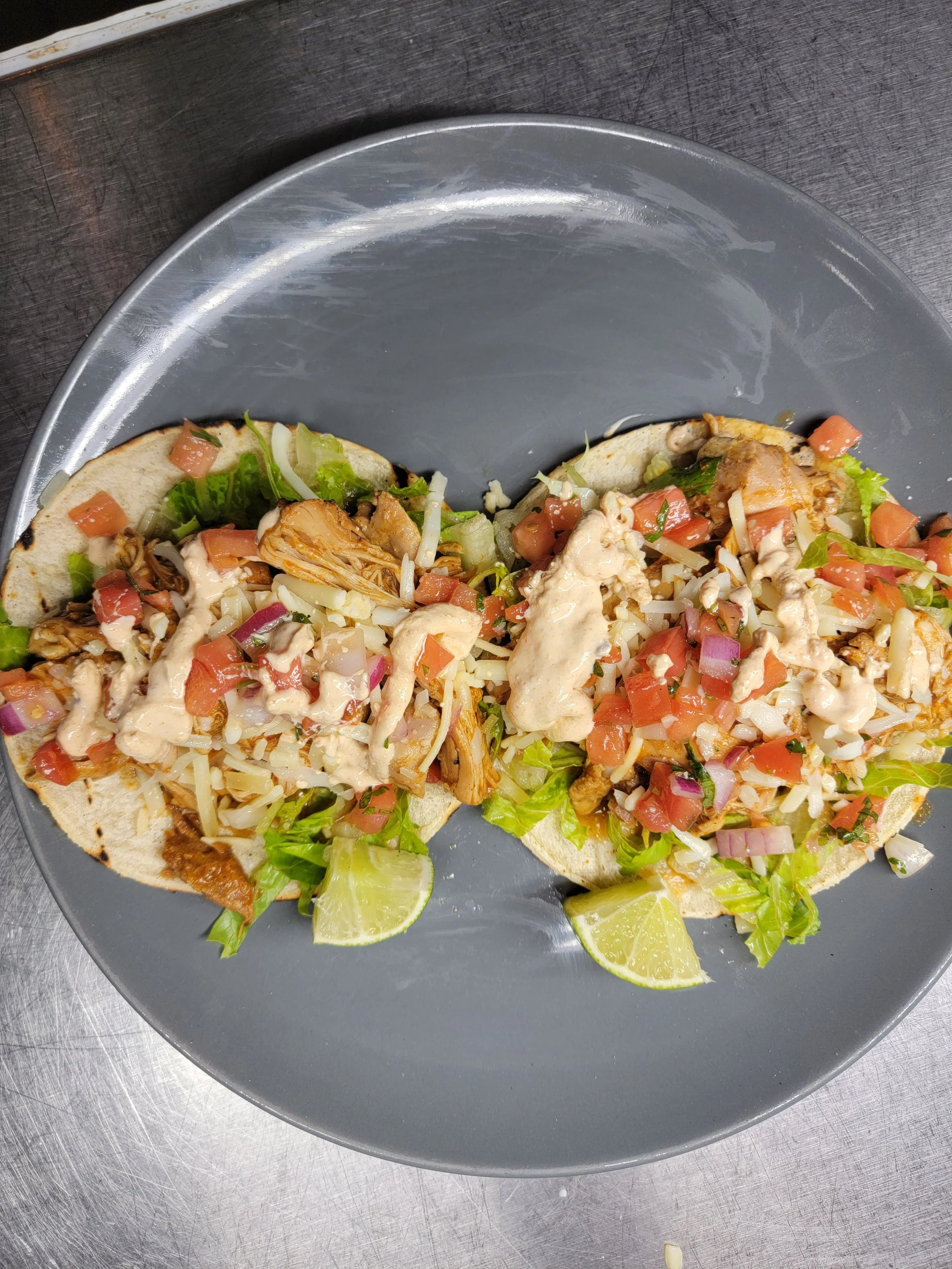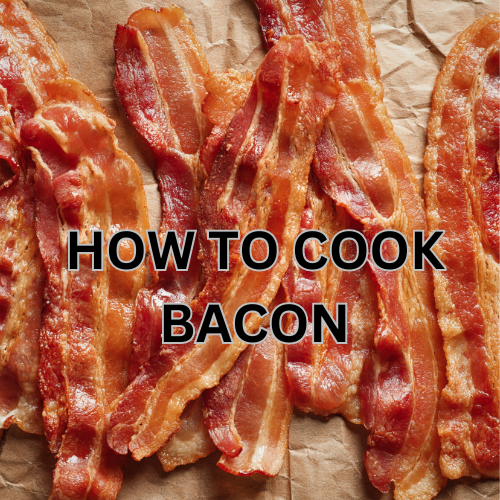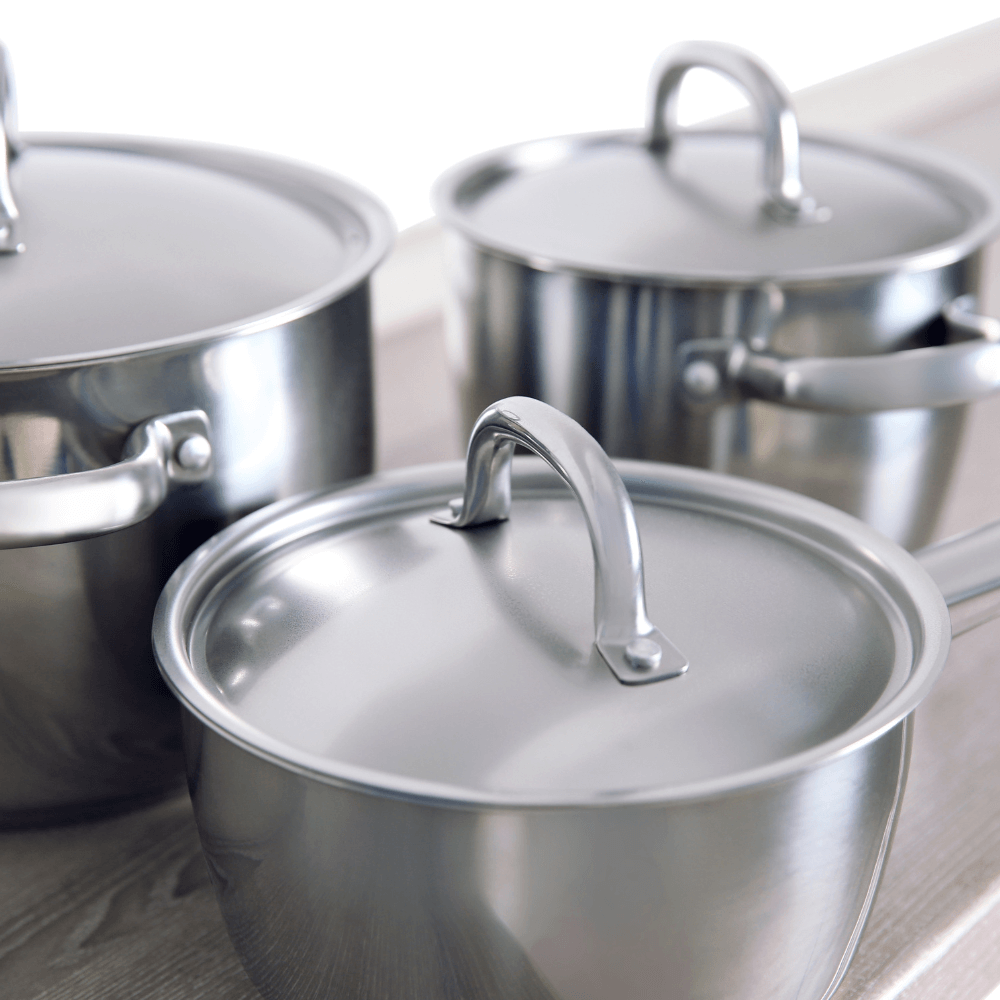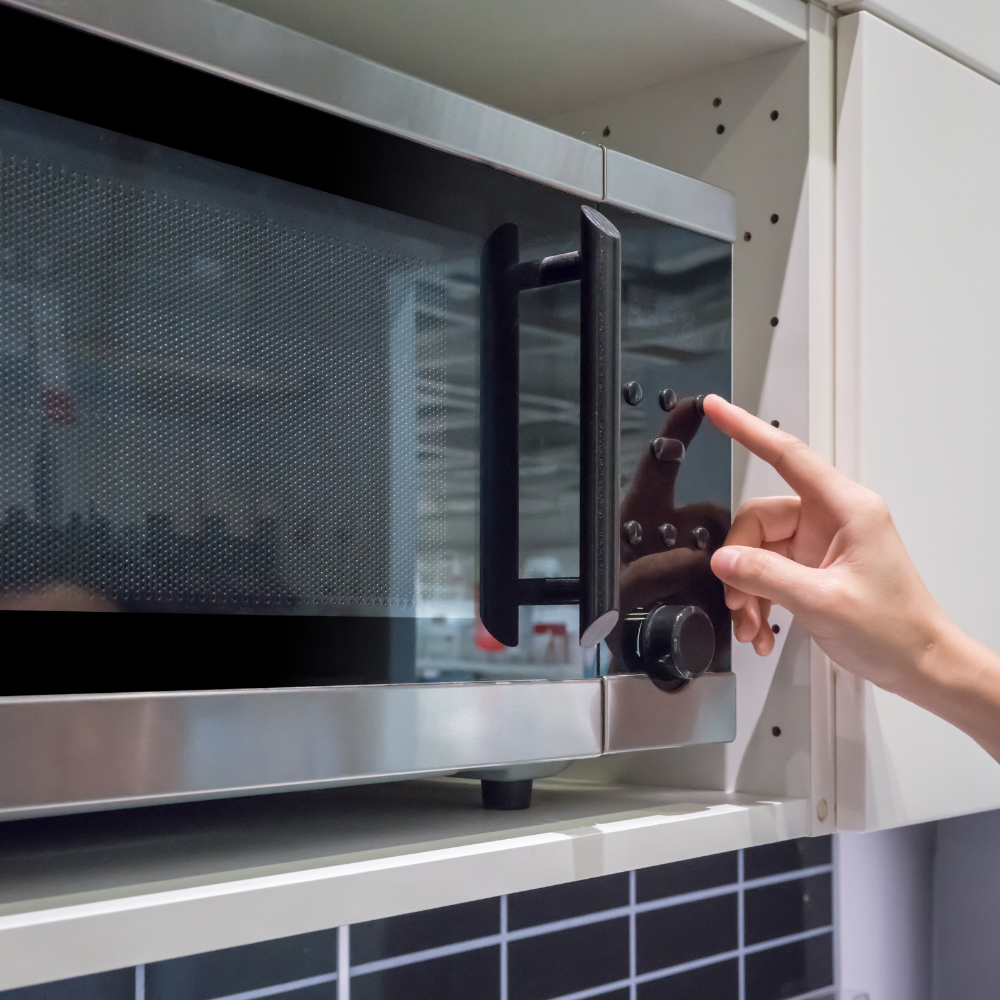How to Sous Vide: A Comprehensive Guide to Perfect Cooking
If you've ever wondered about the magic behind those perfectly cooked steaks in high-end restaurants, I'm here to unveil the secret: Sous Vide. This culinary technique, once reserved for the world’s elite chefs, is now accessible to you. And trust me, once you dive into the world of Sous Vide, there's no turning back.
What is Sous Vide?
Sous Vide (pronounced soo-veed) is a French term that translates to "under vacuum". At its core, Sous Vide is a culinary technique that revolves around precision and consistency. Food is placed in a vacuum-sealed bag and then submerged in a water bath that's maintained at a specific temperature by a circulator. This method ensures that the food is cooked evenly from edge to edge, retaining its moisture, nutrients, and achieving a level of perfection that's hard to attain with traditional cooking methods.
Unlike grilling, roasting, or frying, where the heat is intense and can vary, Sous Vide cooks food gently, ensuring that the inside is perfectly done without overcooking the outside. This is particularly beneficial for meats, where traditional methods can lead to a gradient of doneness. With Sous Vide, a steak, for instance, can be uniformly medium-rare from edge to edge.
Origin and History of Sous Vide
The concept of cooking food in sealed containers isn't new. In fact, ancient civilizations used leaves and animal bladders to wrap food before cooking. However, the modern method of Sous Vide, as we know it, has its roots in mid-20th century France.
The technique was developed and refined in the 1960s and 1970s. Two Frenchmen, Chef Georges Pralus and Dr. Bruno Goussault, are often credited with pioneering the method. Pralus discovered that when foie gras was cooked in this manner, it kept its original appearance, had better texture, and didn't lose excess fat. Recognizing the potential of this method, he began applying it to other foods.
Dr. Goussault, on the other hand, approached Sous Vide from a scientific perspective. He researched the best temperatures for various foods and became a leading expert on the effects of temperature on food during cooking. His work laid the foundation for many of the Sous Vide techniques used today.
Initially, Sous Vide was a secret weapon of sorts for high-end restaurants and culinary institutions. It allowed chefs to achieve consistency, enhance flavors, and introduce a novel approach to cooking. Over time, as equipment became more accessible and affordable, the technique made its way into home kitchens, allowing everyday cooks like you and me to achieve restaurant-quality results.
Today, Sous Vide is celebrated not just for its precision but also for its ability to elevate the inherent flavors of ingredients, making it a favorite among both professional chefs and home cooking enthusiasts.
Choosing the Best Sous Vide Circulator
When it comes to Sous Vide, the circulator is your most crucial tool. It's what keeps the water at a consistent temperature, ensuring your food cooks perfectly. But how do you choose the best one?
Features to Consider:
Temperature Accuracy: The essence of Sous Vide lies in precision. You want a circulator that can maintain an exact temperature.
Water Capacity: Depending on what you're cooking, you'll need a circulator that can handle the volume of water required.
Durability: Look for a circulator made of high-quality materials that can withstand regular use.
Ease of Use: A user-friendly interface can make your Sous Vide journey much smoother.
Pros and Cons of Sous Vide Cooking
Pros:
Precision: Achieve perfect doneness every time.
Flavor: Locks in juices and flavors.
Flexibility: Can hold food at the desired temperature for extended periods without overcooking.
Cons:
Time-Consuming: Some dishes can take longer to cook.
Requires Equipment: Initial investment in a good Sous Vide circulator and vacuum sealer.
Learning Curve: Perfecting your technique might take a few tries.
Recommendations
For beginners, I'd recommend starting with a mid-range Sous Vide circulator. It offers a balance between price and features, allowing you to familiarize yourself with the technique without breaking the bank.
FAQs
Is Sous Vide safe?
Absolutely. Cooking food in a vacuum-sealed bag at precise temperatures eliminates harmful bacteria, provided you adhere to the recommended temperature and time guidelines.
Can I Sous Vide without a vacuum sealer?
Yes, you can use the water displacement method with a zip-lock bag, though a vacuum sealer is more effective and ensures better results.
How long can I leave food in a Sous Vide bath?
While you can leave food in for extended periods without overcooking, it's essential to follow recommended cooking times for each dish to ensure both safety and optimal taste.
Do I need special bags for Sous Vide?
While there are bags specifically designed for Sous Vide, any high-quality, BPA-free, food-grade plastic bag should work. However, ensure they can withstand the temperatures used in Sous Vide cooking.
Can I Sous Vide frozen food?
Yes, you can. It will just require additional cooking time, usually around 50% more than the standard time for most foods.
Why is my Sous Vide meat grayish instead of brown?
Sous Vide cooking doesn't achieve the Maillard reaction, which gives meat its browned appearance and flavor. For that finish, you can quickly sear the meat in a hot pan after it's done cooking Sous Vide.
Is it possible to overcook food with Sous Vide?
While the risk is minimal due to the precise temperature control, it's possible to affect the texture of the food if left in the bath for significantly longer than recommended.
How do I season my food for Sous Vide?
Season as you normally would, but be cautious with salt. Because the food is sealed and cooking in its juices, flavors intensify, so you might want to use less salt than usual and adjust after cooking if needed.
Can I achieve a smoky flavor with Sous Vide?
Sous Vide itself won't give a smoky flavor. However, after Sous Vide cooking, you can finish the dish on a grill or use a culinary torch to add that charred, smoky touch.
Why is there so much liquid in the bag after cooking?
It's natural for some juices to be drawn out during the Sous Vide process. This is the moisture and flavor from the food. You can use these juices to make a sauce or discard them.
Remember, Sous Vide is as much about experimentation as it is about precision. Don't be afraid to try new things and adjust based on your preferences.
BONUS DESSERT RECIPE
BONUS DESSERT RECIPE
Sous Vide Crème Brûlée
Ingredients:
4 large egg yolks
1/2 cup granulated sugar, plus extra for the caramelized top
2 cups heavy cream
1 vanilla bean (or 2 tsp vanilla extract)
Pinch of salt
Instructions:
Preparation: Preheat your Sous Vide circulator to 176°F (80°C).
Mix Ingredients: In a mixing bowl, whisk together the egg yolks and sugar until they're well combined and have a pale yellow color. If using a vanilla bean, split it lengthwise and scrape out the seeds. Add the seeds (or vanilla extract) to the mixture.
Heat the Cream: In a saucepan, heat the heavy cream until it's warm but not boiling. Gradually add the warm cream to the egg yolk mixture, whisking constantly to prevent the eggs from curdling.
Bagging: Pour the mixture into individual mason jars, leaving about an inch at the top. Seal the jars finger-tight (not too tight, as air needs to escape during cooking).
Sous Vide Cooking: Submerge the jars in the Sous Vide bath, ensuring they're fully covered with water. Cook for 1 hour.
Cooling: Once done, carefully remove the jars from the water bath using tongs. Let them cool to room temperature and then refrigerate for at least 4 hours, or overnight for best results.
Caramelizing: Before serving, sprinkle a thin layer of granulated sugar on top of each crème brûlée. Use a kitchen torch to caramelize the sugar until it's golden brown and forms a crispy layer.
Serve and Enjoy: Let the crème brûlée sit for a few minutes to allow the sugar to harden, then serve and enjoy!
Tips:
For a twist, you can infuse the cream with other flavors like citrus zest, coffee beans, or even a splash of your favorite liqueur.
If you don't have a kitchen torch, you can place the jars under a broiler for a few minutes to caramelize the sugar. Just watch closely to avoid burning.
Sous Vide ensures that the crème brûlée has a silky, velvety texture every time, making it a favorite for many dessert enthusiasts. Give it a try, and you'll see why!
Conclusion
Sous Vide is more than just a cooking method; it's an art. It's about understanding the science behind cooking and using it to create culinary masterpieces. Whether you're a seasoned chef or a home cook looking to elevate your dishes, Sous Vide is a game-changer. Dive in, experiment, and let your culinary creativity soar.























































